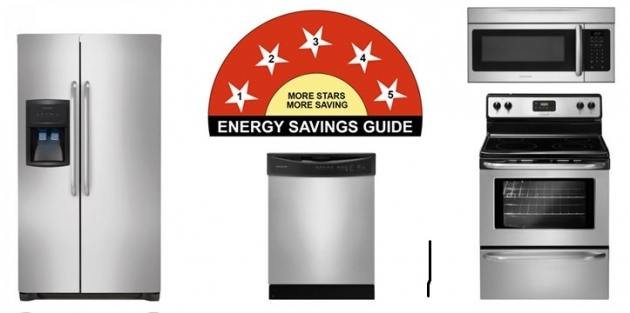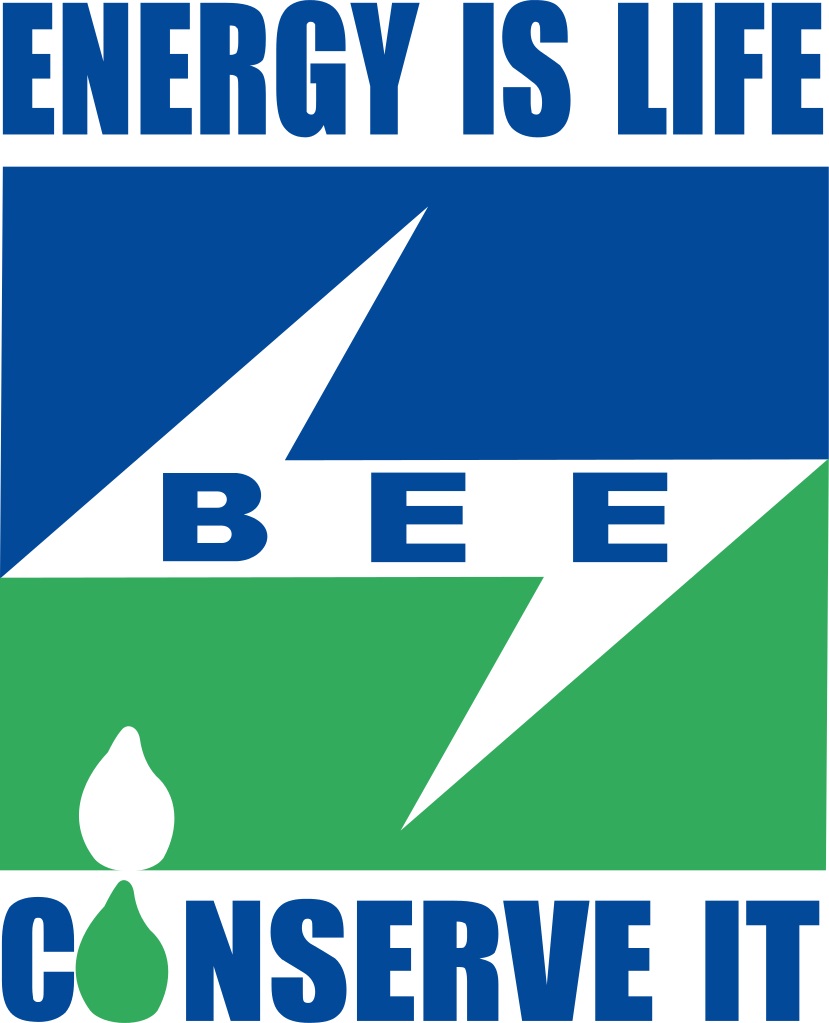Joint life insurance policy for couple...how beneficial?


Many necessities at home… and for every necessity we have got a gadget available. There is a dire need for electricity for every gadget we may use. On the other hand when the power consumption is upgraded to ‘Slab system’, power bills got expensive. So, it’s absolutely mandatory to save power. Not only the ideology of saving power but also the kinds of gadgets we are using must meet the quality standards and ability to run on the least possible consumption of power. Star Rating came into existence at this juncture. When we go to buy any T.V, Refrigerator and any other such electronic gadgets, sales men usually keep on talking about star rating. On what basis these ratings are judged or given? How are these ratings useful to us? How to read and understand the details of star ratings? How the standards of these ratings keep changing? Let’s explore those details further…
What is BEE starting?
Bureau of energy efficiency has been established by the government of India to help judge the amount of power consumption of gadgets also to help create the awareness of saving power in the mindset of people. Bureau of energy efficiency, since 2006 onwards, has initiated ‘Standards and labeling program’ which gives ratings to various electronic gadgets. The bureau made it mandatory to obtain star rating for some gadgets. Manufacturers for some of their products voluntarily get their products checked and obtain ‘BEE ‘star rating. Presently star rating is available or applicable to air conditioners (ACs,), refrigerators, washing machines, televisions, computers, laptops, geezers, tube lights and fans. The bureau is likely to extend this feature to more products soon.
How is the rating given?
The bureau has established some guidelines and tests to judge the efficiency of working condition of certain products. Based on various standards and tests - the bureau estimates the power consumed by various products and confirms the star rating. When a manufacturer develops any new product, the bureau – based on its guidelines – examines its efficiency of work. When a manufacturer develops any new product, he examines the new product’s work efficiency based on BEE product guidelines. Then the details of test results and standards are submitted to BEE. BEE, subsequent to its observation of details provided by the manufacturer it also examines the product itself and confirms a star label. BEE keeps improving these standards laid in the beginning. However, if a manufacturer who comes up with a new and better product and exceeds the expectations or standards laid by BEE, the bureau gives it a 5 - star rating and sets a lower rating to such other products compared to the rating standards of the new product. This sets a healthy competition among manufacturers.
Many savings…
We keep using many gadgets such as refrigerators, washing machines and air conditioners for long since the day of our purchasing them. So we better keep in mind, while buying any product that is said to save any amount of power consumption is believed to give us many savings throughout the tenure of our using it. It is strongly recommended to the customer to consider star rating along with the details of the product’s efficiency and its other features during his/her first purchase. When you want to dispose off any existing product and plan to buy a new one you are advised to consider the star rating. Among the products we like, we better buy a product that has better rating than other products.
Standards keep changing every year. Keep in mind.
The standards those that were initially set / considered for star labeling of various products keep changing every now and then. For example a 210 liter refrigerator manufactured in the year 2016 would meet tougher standards and quality tests (like power consumption) while getting a star labeling compared to the same product that was made in 2014. The power consumed by any product made during later years must consume lesser energy than its predecessors. Hence you have to consider the year the product is made not just only its star rating. For example, an air conditioner made in the year 2012 with one ton efficiency possessing a 3 star rating, if it had consumed 400 units of electricity; the air conditioner made in the year 2016 with one ton efficiency possessing a 3 star rating would consume only 250 units of electricity. The rate labeling standards will keep getting enhanced further in future.
Remember…
We always give priority to price whenever we want to buy any product. We don’t think much about the power it consumes while using it. But remember even if the product is a bit costlier now, it can reduce our expenditure (such as power saving) while using that product over a long period of time. Hence don’t hesitate to buy a product with better star ratings even if that product costs us a bit more at the moment.
Sometimes we may find a product made in this year with star ratings of last year. But based on the standards of such products that year might have been bettered now. So buy a product made recently with latest star ratings. The year a product is made can be seen on the BEE star rating engraved in the green box. Be sure to observe that. A product made last year possessing a 5 star rating may consume same amount of energy of a product made this year with 4 star rating. The reason may be the improvement in quality and efficiency of products.
Two types of labels…
BEE star ratings are of two types. Products such as T.Vs, computers, fans and tube lights come with a small label. The rating stars are engraved in green box of a label. The larger size products such as ACs, washing machines, refrigerators and geezers would have a bigger label. The stars are engraved in red back ground of a label. Other information related to that product can also be seen.
Products are with standards… 
Products with BEE star ratings are acknowledged to have good standards with quality feature. They go in compatible with quality standards set by the government of India. BEE carefully scrutinizes the quality standards before providing star ratings if various products meet set standards or not. Nevertheless, those quality standards set for the products are of basic standards. We cannot say they are of supreme standards. Don’t take it for granted that the more stars a product carries would have a better quality.
Changes in ratings with the help of inverter technology…
Star rating is given based on set standards of a product and its quality. So, it is a bit difficult to assign a star rating to products with inverter technology. Because products with inverter technology keep shifting as per the situation, climatic condition and the way how they are used. So, we cannot really judge how much power is consumed by a product. Due to these reasons star rating has not been assigned to any products with inverter technology so far. But BEE has started providing star ratings to products with inverter technology setting new and different set of standards.
In congruence with international standards…
BEE maintains supreme standards in providing star rating. BEE follows and accedes to the standards of Bureau of Indian Standards (BIS), the ratings of internationally reputed EER, Energy star standards. Good to know, products with star rating assigned by BEE means products are of high quality standards besides meeting local conditions.
ISEER rating for ACs…
Many countries, globally, are going hand in hand with EER ratings as how a star rating given by BEE in India. EER means Energy efficiency ratio which is the ratio between how much energy is consumed versus its work efficiency. This is also called SEER (Seasonal Energy Efficiency Ratio). This ratio came into existence due to seasonal climatic conditions. We experience hot weather during summers. So we use cooling gadgets more. We need to consume more energy as well. Similarly during winters we experience cool weather conditions. So in winters cooling gadgets are not strained as much. Power consumption also is not as much in winters compared to summers. Due to the difficulty of judging the exact power consumption of gadgets like ACs and room heater kind of products – SEER rating is given. The same rating structure is made applicable to Indian standards by BEE and called it ‘Indian seasonal energy efficiency rating’ (ISEER). ISEER rating is especially assigned to air conditioners in India. The more the ISEER rating the lesser the power consumption and the more the cooling effect.
Energy star rating also…
Energy star rating is given to products those that can help control environmental pollution as they consume lesser energy. The existence of this rating was initiated by EPA (American pollution agency). EPA gives this rating to even mini gadgets like computers and monitors. But this rating is entirely voluntary. Manufacturers get their products checked by EPA to get energy star rating. Products with energy star ratings are acknowledged to have energy saving efficiency. A quick example – a desk top computer consumes 50 to 90 WATTs of power. But computers with energy star rating would have power management system. When computers are not being used for a designated set of time, the power management system automatically takes that computer to SLIP mode or standby mode. This power management system provides power to essential parts like hard disk and prevents power supply to other peripherals. It gets into active mode when any activity it gets. During this time the power consumption in computer SLIP mode would be 2 watts and 4 watts in standby mode. It means 80% to 90% of energy gets saved altogether.



















